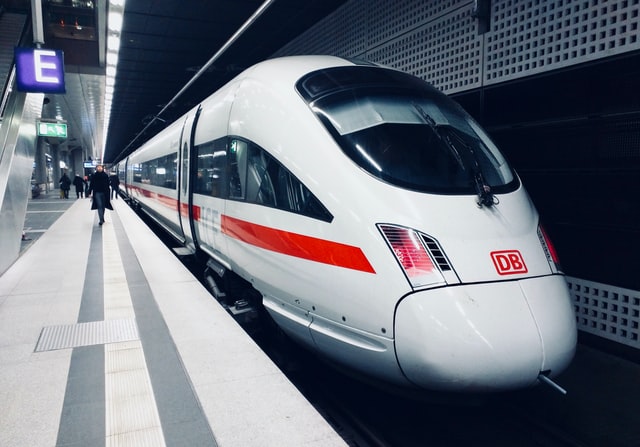Since 1905, when Russia started conducting regular train services on the Trans-Siberian railway, there have been major developments within the rail industry, with Asia at the frontline.
However, there have been some impressive technological developments, including ticketless travel, driverless trains, and the introduction of WiFi. Here, we examine the host of developments within rail travel, and how they have aided passengers in their day life to life.
Onboard WiFi
The inclusion of WiFi on trains was nothing short of spectacular. In the 21st century, we’ve certainly become used to quickly being bored and impatient. The availability of the internet almost anywhere has become an expectation — there’s even Wi-Fi at seemingly unnecessary locations such as the San José Cemetery in Spain due to demand from visitors.
When WiFi arrived on trains across the UK, it opened up unlimited possibilities, particularly for businessmen and women on their daily commute. No longer did a lengthy journey mean a drop in efficiency instead, thanks to rail connectivity, a generation of professionals were offered the opportunity to take their work beyond the realms of the office environment.
Traveling Without Tickets
You didn’t arrive at the train station on time; you don’t have enough change for your ticket; there’s a huge queue at the ticket machine; you can hear your train quickly approaching. We’ve all been there — and we can all attest to how awful it is.
One of the most successful innovations of the rail industry is undoubtedly ticketless travel. Contactless payments allow customers to pay for their journeys by simply tapping in and out at stations. It was introduced in London in 2014, and after a year earned position as Europe’s fastest-growing contactless merchant. Fifty-five per cent of transit fare payments are via contactless, which has become more popular than the original Oyster card. That’s more than 21.6 million journeys every week.
Ticketless travel has certainly made travelling easier. Tickets have been streamlined into a simple process, removing the possibility of losing tickets and long queues — after all, everyone has their phone handy.
Driverless Trains
In March 2018, the UK’s first driverless train made its maiden voyage on the Thameslink service from Peterborough to Horsham. This was met with controversy following the death of a woman hit by a self-driving Uber in 2018. Although driverless trains are active on a number of London Underground lines, this isn’t the case for mainline railway networks.
Driverless trains have more efficient acceleration and braking abilities in comparison to trains with drivers. This is anticipated to allow trains to run every two to three minutes, with 24 trains running an hour at peak times.
Gerry McFadden, engineering director at Govia Thameslink Railway, said: “We are embracing digital technology to boost capacity through the heart of London, a historical bottleneck that has held back rail expansion across the south of the country.
“Self-drive technology also has great potential for the rest of the country’s rail network, particularly on congested routes, and could in future reduce the need for costly infrastructure projects”.
Hydrogen Powered Trains
The hot topic of creating environmentally friendly products and services has certainly been dominating headlines in recent years. Following the UK’s recent announcement of banning vehicles fuelled by diesel by 2040, we must figure out how to phase out a third of the UK’s rail fleet which is solely powered by diesel.
Hydrogen can be used to fuel trains — when hydrogen is burned by oxygen to produce large amounts of energy, the by-product created is water. Currently, this emission free method is being assessed in Germany. A preliminary hydrogen programme is expected to be introduced in the UK by 2020, and if successful, full implementation by 2040.
We’ve come a long way since the UK’s first railway back in 1905. With further innovations in the railway industry in the UK are expected in the near future, it’s exciting to see where these developments will take us.


